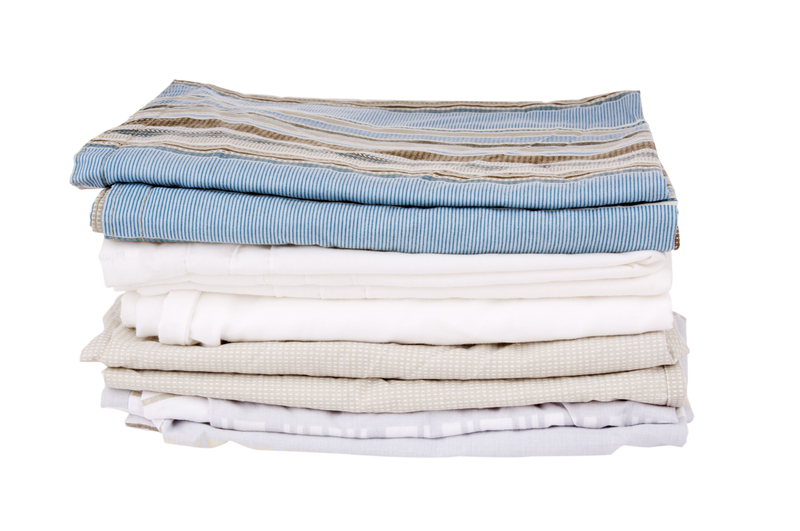Eco-Friendly Clothing Tips
Posted on 14/01/2025
In an era where sustainability has become more than just a buzzword, eco-friendly clothing has garnered significant attention. The fashion industry is one of the largest polluters in the world, but there are numerous ways we can each contribute to a more sustainable future. Embracing eco-friendly clothing practices not only helps the environment but also promotes ethical labor practices and leads to considerable personal benefits. Here are some comprehensive tips to help you make sustainable choices when it comes to your wardrobe.
1. Choose Sustainable Fabrics
When selecting new clothing items, opt for sustainable fabrics like organic cotton, bamboo, hemp, and Tencel. These materials are grown and processed in environmentally friendly ways, requiring less water and avoiding harmful pesticides and chemicals. Look for certifications like GOTS (Global Organic Textile Standard) which ensure eco-friendly practices.

2. Buy Second-Hand Clothing
Purchasing pre-owned clothing from thrift stores, consignment shops, or online marketplaces is a fantastic way to reduce waste. Not only does it give garments a second life, but it also lowers demand for new clothing production, which is resource-intensive. Plus, vintage and second-hand shopping can be surprisingly fashionable and unique.
3. Prioritize Quality over Quantity
Invest in high-quality pieces that are designed to last. Fast fashion may be tempting due to its low prices, but these garments often fall apart quickly, ending up in landfills. By choosing durable, timeless pieces, you reduce the frequency of purchases and the overall impact on the environment.
4. Learn to Mend and Upcycle
Instead of discarding clothing at the first sign of wear, learn basic mending techniques or take items to a tailor for repair. Upcycling, or creatively reusing old clothes to make new items, is another great way to extend the life of your wardrobe. This could involve anything from sewing patches onto jeans to transforming an old dress into a stylish top.
5. Support Ethical Brands
Research and support brands that prioritize ethical manufacturing processes. These companies often provide transparency about their production methods and focus on fair labor practices, sustainable sourcing, and minimal environmental impact. Your purchase acts as a vote for the type of world you want to live in.
6. Wash Clothes Responsibly
The way you care for your clothes also affects their longevity and environmental footprint. Wash clothes in cold water, use eco-friendly detergents, and avoid over-washing. Line drying instead of using a dryer further reduces energy consumption and is gentler on fabrics.
Pros and Cons of Eco-Friendly Clothing
Pros:
- Reduces environmental impact by conserving resources and reducing pollution.
- Promotes ethical labor practices and fair wages.
- Often higher quality and longer-lasting than fast fashion.
- Encourages creativity through upcycling and personalized fashion choices.
Cons:
- Generally higher upfront cost compared to fast fashion.
- Limited style options and availability in some regions.
- Requires more effort to research and find truly sustainable brands.
Practical Tips for Sustainable Fashion
- Swap clothes with friends and family to refresh your wardrobe without buying new items.
- Donate or sell unwanted clothing instead of throwing it away.
- Attend clothing swap events or host your own to promote community and sustainability.
- Opt for minimalistic wardrobes and capsule collections that contain versatile, timeless pieces.

Takeaways
Eco-friendly clothing practices provide numerous benefits for the environment, people, and your personal health. By choosing sustainable fabrics, buying second-hand, and supporting ethical brands, you can reduce your fashion footprint significantly. The transition to a sustainable wardrobe requires mindful decisions and a commitment to ongoing education about the impact of your purchases.
Conclusion
Embracing eco-friendly clothing tips is an impactful way to contribute to a sustainable future. While the initial investment in sustainable fashion can be higher, the long-term benefits for both the planet and your wardrobe are invaluable. By adopting these practices, you can enjoy stylish, durable clothing while fostering a healthier planet and supporting ethical labor practices. Remember, every small step counts towards a more sustainable future.




